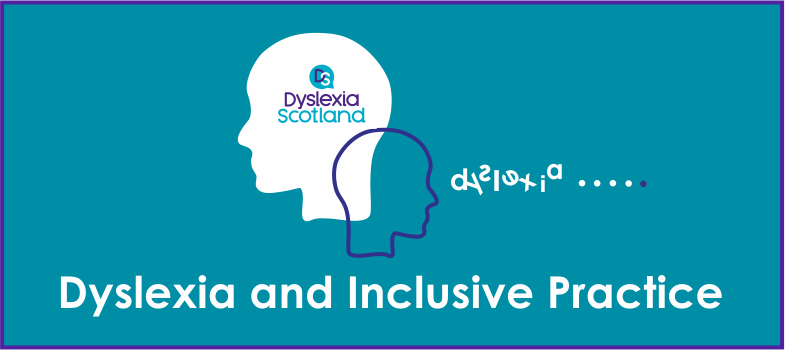3.1. Support through Curriculum for Excellence
Section 1 highlights that Curriculum for Excellence was designed to be flexible in order to meet the needs of all learners, recognising that one size does not fit all. This flexibility is an important requirement when planning to support learners who are dyslexic, each with their own individual profile of strengths and areas where support is needed. Barriers to learning and participation are sometimes made unintentionally. This is why it is important that:
- Positive relationship are supported and developed between learners, staff and parents/carers.
- There is effective communication between families and educational staff
- There is clear, effective communication within local authorities – between the ‘central officers’ and educational establishments.
Schools and local authorities understand their responsibilities and duty with regards to planning for learners who have additional support needs. If required to do so, consideration must be given to the design of the curriculum and how it is accessed. An example of this could be when a school amends their curriculum to reflect the interests and abilities of their pupils, offering tailored programmes such as dance, photography, laboratory skills and Open University modules. Such approaches contribute substantially towards closing the gap in achievement and attainment for learners.
Activity 10
In your Reflective Log complete the questions in the table.
- How flexible is your school curriculum?
- How accessible is your school curriculum?
- Are the needs of learners at the centre of planning? For example, flexible pathways, the number and choice of subjects they are able choose in secondary school.
3. Supporting learners and families
